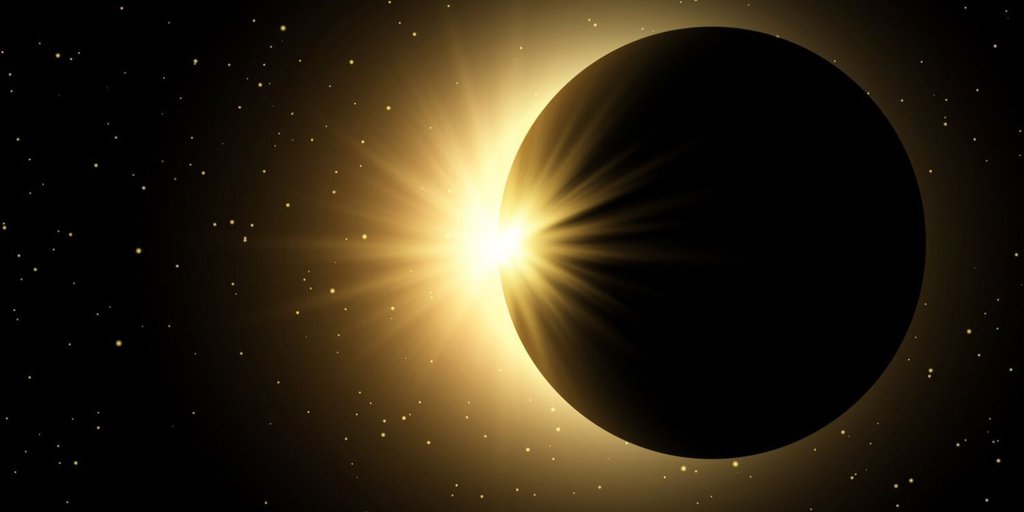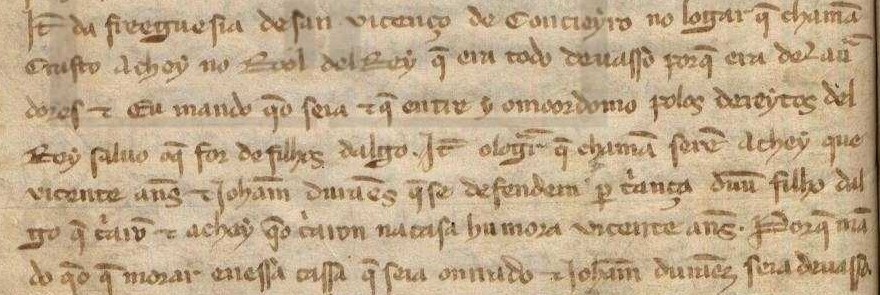
A total solar eclipse happens when the moon passes between Earth and the sun. As terrifying as it sounds, these can help researchers calculate things that happened in the past. The most recent solar eclipse was on April 8th, and while people were excited, in ancient times, things weren’t as easy to understand.
Help Identifying Years
As strange as it sounds, researchers can discover the exact date ancient peoples viewed a recorded eclipse. By considering the time of day the eclipse occurred, the time of year, or the presence of bright planets, they can also identify the eclipse.
For example, researchers have been able to find out when King Yi began his reign, thanks to a record of a total solar eclipse that happened near dawn in ancient Chinese texts.
It Can Change Predictions
Computers can predict future eclipses due to the exact positions of the sun, moon, and Earth. However, these motions are not constant. The moon causes tides in Earth’s oceans, which slowly separates the two, and therefore, the length of day on Earth increases.

This means that the day on Earth is getting longer by around 18 microseconds every year. If the difference in the length is not properly corrected, calculations may be inaccurate by thousands of kilometers. Therefore, a correction must be applied every time eclipses appear to identify the date of historical events.
Measuring Changing Day Lengths
Researchers can now measure changes in the length of a day with professional instruments. However, back in the day, they couldn’t capture that change without a precise measuring stick.
Records of eclipses over millennia and across the world are also needed. A total solar eclipse can help us gain more information not only about our history but the history of Earth, too.